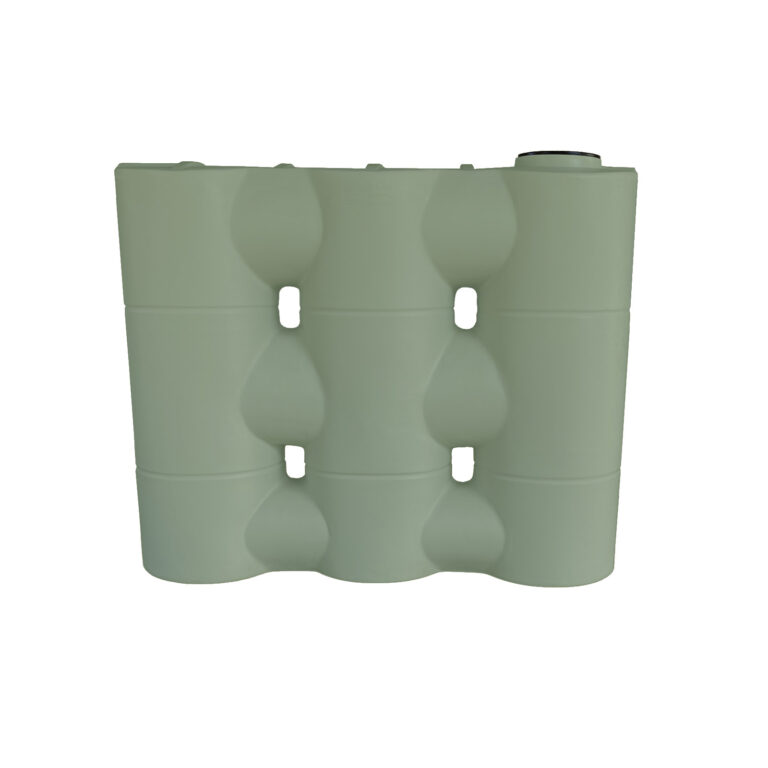Discover the Value of Rain Storage Tanks for Lasting Water Conservation Initiatives
In the world of lasting water preservation, the use of rainwater tanks stands as an essential method that qualities better exam. By exploring the diverse benefits of rain harvesting, an extensive understanding of its possible influence on water preservation initiatives arises.
Benefits of Rain Containers
Using rainwater storage tanks offers a functional remedy for lasting water management by utilizing nature's sources efficiently. Rain containers collect and save rain that falls on roofs, which can then be used for numerous non-potable objectives, such as watering, cleaning clothing, flushing bathrooms, and also for some drinkable usages with correct therapy. Among the essential benefits of rainwater containers is the reduction of demand on mains supply of water, especially during completely dry seasons or droughts.
Environmental Impact of Rain Harvesting
Rainwater harvesting with the usage of storage tanks presents a lasting water management technique with positive ecological ramifications. By catching rain, this method assists minimize the demand for mains water supply, thereby easing the problem on water therapy plants and lowering power consumption connected with water distribution.
Furthermore, rain harvesting promotes water conservation and reduces reliance on limited water resources. It lessens contamination in water bodies by drawing away rainwater far from paved surfaces where it could get pollutants prior to getting in waterways. Applying rain storage tanks likewise reduces the pressure on communities by minimizing the extraction pressure on rivers and streams. Generally, the ecological effect of rain harvesting emphasizes its relevance in progressing lasting water monitoring methods.
Rain Storage Tanks for Residential Usage
Having highlighted the environmental benefits of rainwater harvesting, the emphasis currently shifts to the functional application of rainwater tanks for domestic water conservation (Slimline water tanks). Rainwater storage tanks play a vital function in residential water administration by recording and keeping rainwater that falls on the roofing of a home. These containers can range in dimension and product, offering property owners flexibility in picking a system that fits their demands
One of the key advantages of utilizing rain storage tanks in property settings is the reduction in reliance on keys supply of water. By accumulating rain for non-potable usages such as watering gardens, cleaning cars, flushing commodes, and doing laundry, houses can dramatically decrease their total water consumption and utility expenses. Furthermore, rain is commonly free from the chemicals discovered in treated water, making it a more suitable option for sure household jobs.
Additionally, rain harvesting systems can assist alleviate metropolitan flooding and erosion by decreasing stormwater runoff. Our site By catching rainwater in containers, less water flows right into storm drains, lowering the pressure on local drainage systems during heavy rainfall. Overall, integrating rainwater storage tanks right into houses contributes to sustainable water preservation initiatives and promotes self-sufficiency in water management.

Economic Benefits of Making Use Of Rain Storage Tanks
The monetary benefits related to the application of rainwater tanks in household and business setups are substantial and diverse. Among the main financial benefits of making use of rain containers is the decrease in water costs. By collecting and storing rainwater for various non-potable uses such as watering, commode flushing, and washing, residential property proprietors can substantially decrease their reliance on keys water system, leading to substantial expense financial savings with time.
Furthermore, the setup of rain tanks can raise residential or commercial property worth. In today's ecologically mindful market, residential properties equipped with sustainable attributes like rainwater harvesting systems are often much more appealing to prospective purchasers, commanding greater marketing prices and faster sale times.
In addition, rainwater containers can assist companies and property owners mitigate the effect of water limitations and rising and fall water rates. By having an extra water source throughout droughts or durations of raised water costs, people and organizations can better manage their water-related expenses and maintain functional connection. On the whole, the economic advantages of utilizing rainwater containers make them a wise investment for long-term financial savings and sustainability.
Neighborhood Sustainability Via Rainwater Collection
Thinking about the more comprehensive influence beyond specific advantages, the assimilation of rainwater collection systems in communities plays a crucial role in promoting environmental sustainability and resource administration. Area sustainability with rain collection initiatives not just aids in reducing the pressure on community water sources however also helps in mitigating the impacts see here now of urbanization on regional water systems. By mounting rain tanks in public buildings, parks, and communal rooms, neighborhoods can reduce their dependence on centralized water resources, causing an extra resistant supply of water throughout droughts or emergency situations.
Furthermore, community-level rainwater harvesting promotes a sense of collective duty towards water conservation. It urges locals to proactively take part in sustainable methods, advertising recognition about the value of water conservation and ecological stewardship. Slimline water tanks. With curricula and outreach initiatives, neighborhoods can empower people to make enlightened options concerning water use and monitoring, paving the way for long-term environmental sustainability. Eventually, neighborhood sustainability through rainwater collection not just profits the here and now generation however also guarantees a much more lasting future for generations ahead.

Final Thought

Comments on “Slimline Water Tanks: The Perfect Option for Urban Water Storage”